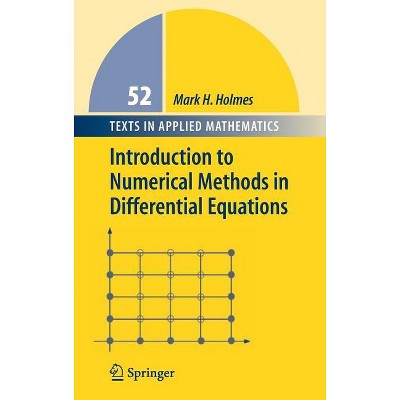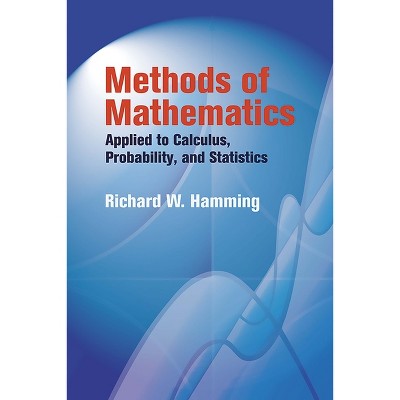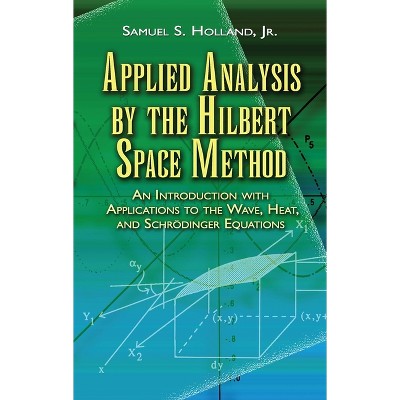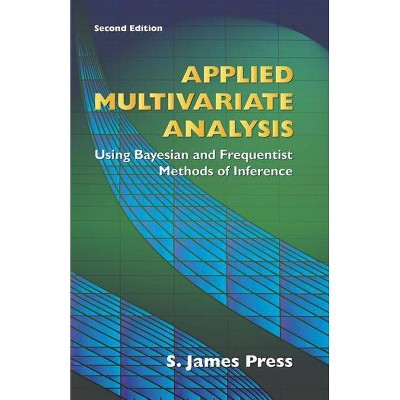Sponsored

Introduction to Applied Numerical Analysis - (Dover Books on Mathematics) by R W Hamming (Paperback)
In Stock
Sponsored
About this item
Highlights
- This book by a prominent mathematician is appropriate for a single-semester course in applied numerical analysis for computer science majors and other upper-level undergraduate and graduate students.
- About the Author: Richard W. Hamming (1915-98) was an American mathematician whose work had broad implications for computer science and telecommunications.
- 350 Pages
- Mathematics, Numerical Analysis
- Series Name: Dover Books on Mathematics
Description
About the Book
This book covers an extensive range of topics, including round-off and function evaluation, real zeros of a function, integration, ordinary differential equations, optimization, orthogonal functions, and Fourier series. 1989 edition.Book Synopsis
This book by a prominent mathematician is appropriate for a single-semester course in applied numerical analysis for computer science majors and other upper-level undergraduate and graduate students. Although it does not cover actual programming, it focuses on the applied topics most pertinent to science and engineering professionals.An extensive range of topics includes round-off and function evaluation, real zeros of a function, simultaneous linear equations and matrices, interpolation and roundoff estimation, integration, and ordinary differential equations. Additional subjects include optimization, least squares, orthogonal functions, Fourier series, Chebyshev approximation, and random processes. The author stresses the teaching of mathematical concepts through visual aids, and numerous diagrams and illustrations complement the text.
About the Author
Richard W. Hamming (1915-98) was an American mathematician whose work had broad implications for computer science and telecommunications. In addition to his work on the Manhattan Project, he taught at New York's City College and the Naval Postgraduate School in Monterey, California.Richard W. Hamming: The Computer Icon
Richard W. Hamming (1915-1998) was first a programmer of one of the earliest digital computers while assigned to the Manhattan Project in 1945, then for many years he worked at Bell Labs, and later at the Naval Postgraduate School in Monterey, California. He was a witty and iconoclastic mathematician and computer scientist whose work and influence still reverberates through the areas he was interested in and passionate about. Three of his long-lived books have been reprinted by Dover: Numerical Methods for Scientists and Engineers, 1987; Digital Filters, 1997; and Methods of Mathematics Applied to Calculus, Probability and Statistics, 2004.
In the Author's Own Words:
"The purpose of computing is insight, not numbers."
"Whereas Newton could say, 'If I have seen a little farther than others, it is because I have stood on the shoulders of giants, I am forced to say, 'Today we stand on each other's feet.' Perhaps the central problem we face in all of computer science is how we are to get to the situation where we build on top of the work of others rather than redoing so much of it in a trivially different way."
"If you don't work on important problems, it's not likely that you'll do important work." -- Richard W. Hamming
Shipping details
Return details
Frequently bought together












